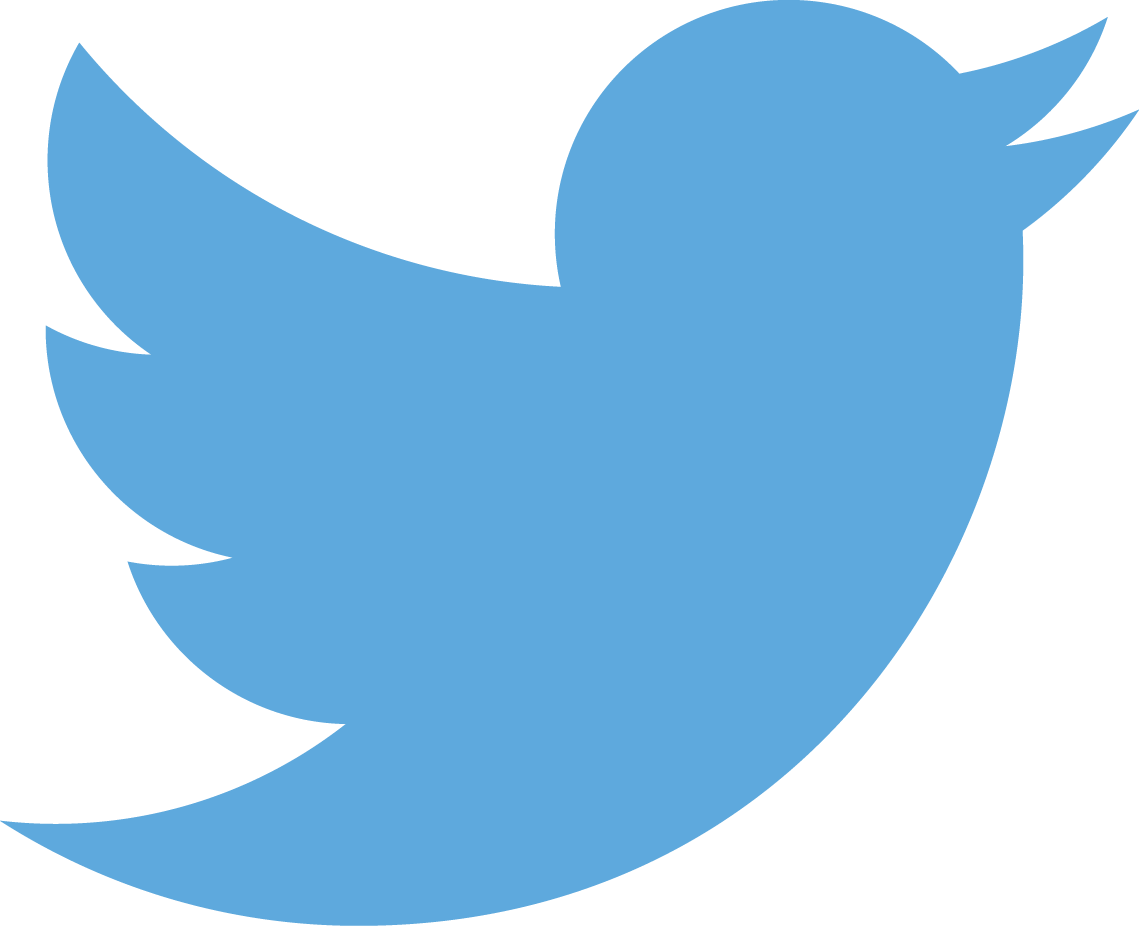Article source, Lake Norman Women, Sept. 2014
The mind, body, and spirit are intimately connected.
People often tell me I’m Beautiful, yet my scarred appearance doesn’t meet any of the universal patterns of beauty. How is it that others find me “beautiful”? Society seems to relegate those of us with facial differences to the outskirts. Renowned plastic surgeon Stephen Marquardt recognizes society’s definition of beauty. Using the Golden Ratio, a classical mathematical pattern often found in architecture and art, he created a mask usable with any human face from any culture, race, or era, to determine how one’s facial features can fit the mold, so to speak.
Our society must recognize the inflated value that we give this unattainable notion of beauty and the extremes we endure to acquire and maintain it. The media suggests women’s beauty has an expiration date, driving them to drastic measures to counter signs of aging. It seems more forgiving of aging men (turn on “60 Minutes” any given week), though men readily seek anti-aging opportunities as well. In the U.S., more money is spent on beauty than on education and social services. According to the American Society of Plastic Surgery, cosmetic plastic surgery procedures have risen more than 450 percent in the last 10 years, and 13.8 million procedures were performed in 2011.
The fashion industry and media define beauty but recently, several impressive groups of young women have mobilized to demand magazines discontinue Photoshopping images of females they feature. Fed up with unrealistic, unattainable ideals of beauty, these girls are challenging the “beautiful” stereotype.
Author and attorney Deborah Rhodes reminds us that appearance is not just an aesthetic issue, but a legal and political one. Political activism can pressure businesses, government, and media to acknowledge appearance-related issues are as serious offenses as gender and racial discrimination. Statistics show 16 percent of employees report appearance discrimination. Unattractive people are less likely to be promoted or hired and earn less than attractive co- workers performing the same jobs; and unattractive defendants get longer prison sentences than the attractive.
Dove’s Campaign for Beauty found in a study of 3,000 women, only two percent describe themselves as beautiful. Ginny Olson’s study of 548 middle and high school girls found 59 percent are displeased with their bodies, and 69 percent said magazines influence their ideal. Cinderella, Snow White, and Sleeping Beauty start stereotypes early. If “normal” women and girls don’t feel good about their appearances, how can females with facial differences caused by birth, disease, or trauma feel good about their appearance?
While beauty has a place in society, it shouldn’t become privilege that discriminates against and excludes others. “Beauty” should value our unique, enduring characteristics, inside and out.


